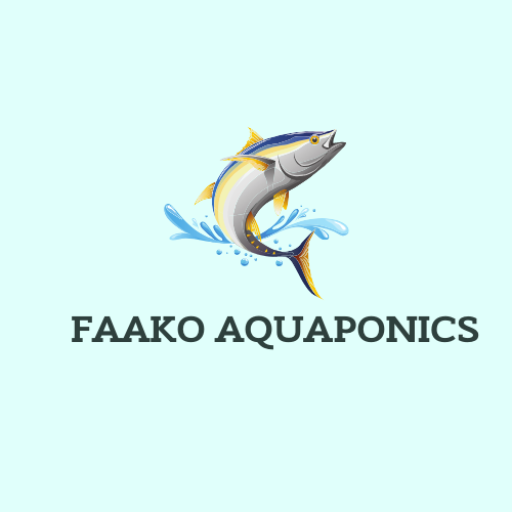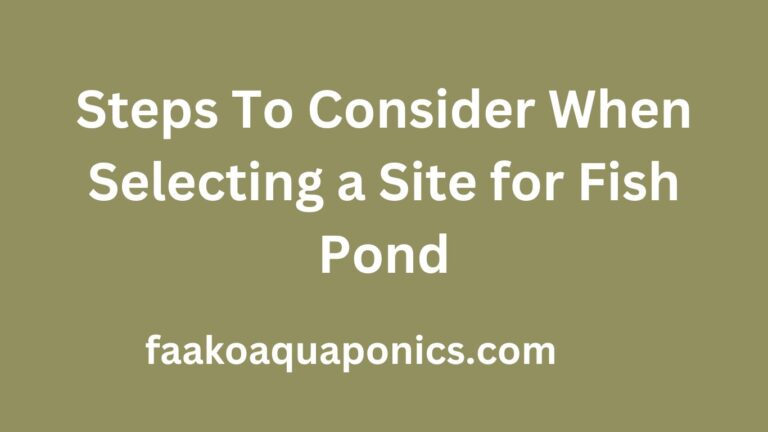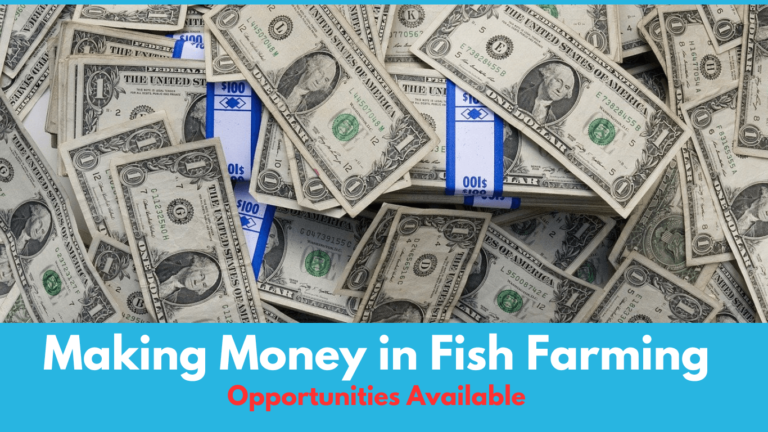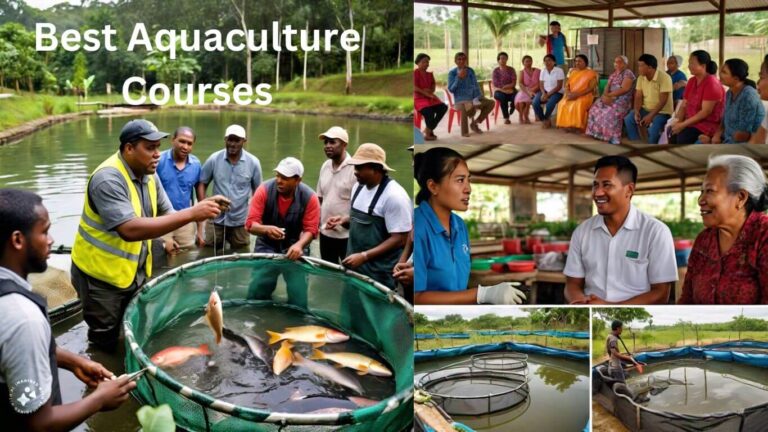Planning to set up a fish pond? these are the factors to consider when selecting your fish pond. the pond can either be concrete, tarpaulin, plastic, or whichever pond. Here are some important steps to consider when selecting the perfect site for your Fish Pond and most other aquaculture ventures. These methods apply to almost all types of fish but I am using Catfish as a case study but any other type is good to go.
1. Location
Choose a site with easy accessibility and proximity to necessary resources like water and electricity. Also, make sure the community members or neighbors where the pond would be situated are as cooperative as possible. If the community or neighbors are cooperative, then you will enjoy your farm in harmony. We have instances where fish are stolen from ponds and other instances where fish are been poisoned. But leaving a good and harmonized life with the community members where the pond is situated have you covered because you will not only be free from their harm, but they will also serve as watchdogs to your farm.
2. Water Quality
Ensure the water source is clean, reliable, and has suitable parameters for your catfish farming. Conduct water tests to check pH level, temperature, and oxygen levels. Most people prefer using pure natural water body sources such as boreholes, dams, lakes, rivers, and others. These bodies are free from chemicals that are harmful to the fish. Remember, fish and water are inseparable hence the quality of the water also ensures quality growth and healthy fish. So always make sure the water source is conducive for your fish
3. Topography
Choose a level and well-drained area to prevent waterlogging. This will make construction and maintenance more manageable. This may also contribute to less smell of the fish farm. When the place of your farm is muddy, waterlogged, or slippery, is not only discomfort to the fish but also to you as a farmer. You can easily fall, and get wet, and providing enough drainage system for their waste becomes tedious.
4. Sunlight Exposure
Select a site with ample sunlight exposure, as it promotes the growth of algae, a natural food source for catfish. Sunlight is also good for your fish but excess of it is also dangerous since it may change the water temperature and make it uncomfortable for the fish. However, there are other ways of managing that. You may choose to have a greenhouse where you can always control the weather or you have a sunlight tarpaulin if you cannot afford a greenhouse when the sunlight is too hot. The reason is that is, when the sun is hotter, it boils the water in the pond depending on the type and size of the pond used and that will affect the fish making it uncomfortable for them.
5. Soil Quality
Examine the soil composition to ensure it’s suitable for pond construction. Avoid rocky or sandy soil, and check for proper clay content. But the good news is that, if you are opting for the tarpaulin pond(s), this would not be a headache for you. This is very necessary if you are constructing an earthen pond. You need to consider whether the type of soil can hold water or not otherwise all the water will go to the ground one day leaving the fish to die on dry land.
6. Climate Conditions
Consider the local climate, as extreme temperatures or weather conditions may impact catfish health. Adequate protection from harsh elements is essential. Very cold or hot weather would affect them. So, during harmattan, it has its own challenges and the same applies to the hot season as well. But you can always control that with a greenhouse or indoors.
7. Size and Shape of the Fish Pond
Determine the appropriate size and shape of the pond based on the number of fish you plan to rear. Rectangular or square ponds are generally easier to manage. Overcrowding the fish in a pond may increase cannibalism and low growth rate and inadequate stocking would also reduce the outcome value, so you need to extract a balance
8. Legal Requirements of Fish Farm Establishment
Check both international and local regulations and acquire necessary permits for fish farming. Complying with legal requirements is crucial for a successful and sustainable operation. Most people do not care about this. If you do not consider this and later find yourself in legal issues, that is when you would understand there are laws in the country
9. Security Measures
Implement measures to protect the pond from predators and unauthorized access. This may include fencing and security cameras. Predators are birds and other living things which feed on fish. So, you need to protect the pond as best as possible. In doing this, with regards to tarpaulin or plastic ponds, you can easily cover the top with a net and when a bird descends to the pond, the net will prove a barrier and even sometimes trap the bird. This becomes difficult and capital-intensive when using an earthen pond.
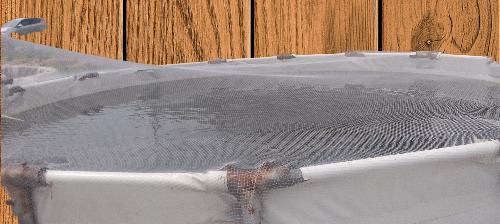
A tarpaulin Pond covered with net to protect the fish from predators
10. Cost Analysis of Fish Pond
Estimate the overall cost of pond construction, stocking, and operational expenses. Ensure your budget aligns with your financial resources. The good news is that you can always start small and grow. Is good to draw a budget to know the estimated amount of money required. Obviously, the different types of ponds cost can’t be the same. So prepare your budget according to capability keeping in mind that you can expand in the future.
11. Proximity to Markets
If planning for commercial farming, consider the proximity to markets for easy transportation and reduced logistical costs. You also need to produce your fish to the size of your target market’s demand. That is, how many kilograms (kg) must a fish be weighed and you then raise the fish to that size.
12. Infrastructure
Ensure there’s proper infrastructure for feeding, aeration, and waste management. Adequate facilities contribute to the overall success of your catfish farming venture. This is the most important aspect of fish farm management. Joke with this and all your fish will die. Also, consider the storage of your fish feed since it needs to be stored in a dry and cool environment. If you joke with this, your feed will spoil and when you use a spoil feed to feed your fish, it may contaminate the water and subsequently lead to death of the fish.
13. Source of Electricity
Having electricity on your farm depends on the type of farm you are operating. But I highly recommend installing electricity on your farm. If you are operating the Recircling Aquaculture System (RAS), you must have electricity since you will be using submersible water pumps on the farm which operate with electricity. Apart from that, when there are light bulbs around your pond, during the night, insects fall into the pond therefore serving as complementary feed to the fish. This also ensures security measures on the farm at night because when the place is in total darkness, thieves and other ill-minded persons can operate on the farm freely.
The source of the electricity is entirely in the hands of you as a farmer. You may decide to connect solar, national grid, generator, or whichever means for you but you also consider certain factors.
Conclusion
When you are to select a site for the establishment of your fish farm, consider the steps above to make the right choice. Some of the factors to consider include the location of the farm, source of electricity, source of water, security, market availability, and topography. But the good news is that you create most of these factors hence is not a headache at all.
Check out the post on the The Secrets to Successful Fish Farming for a guide in your aquaculture journey as a beginner.
